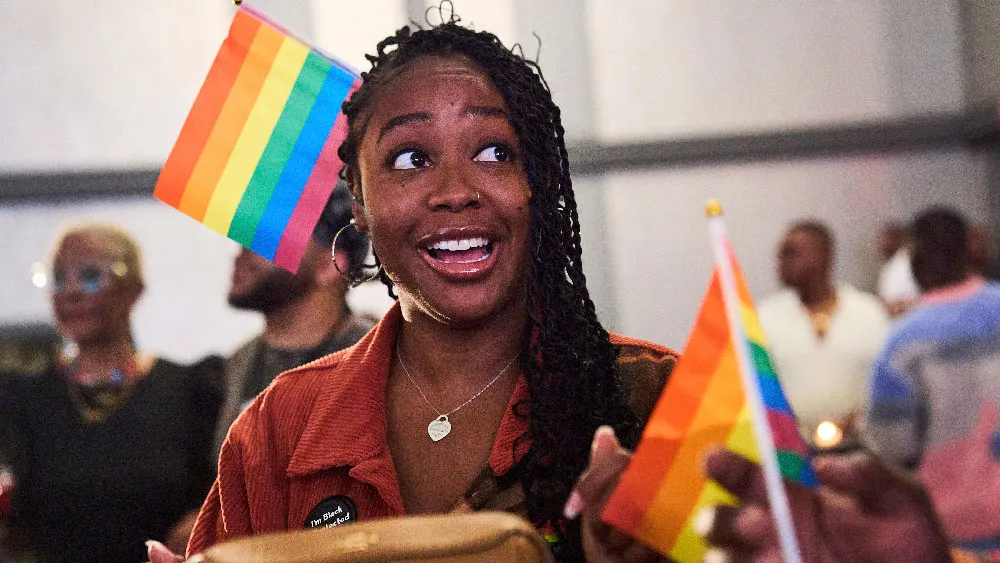December 21, 2015
Holidays 2015: Cheap is the New Chic
Joyce M. Rosenberg READ TIME: 4 MIN.
Cheap is the new chic for holiday gifts.
Jana Montero, who has in the past bought loved ones iPods and tablets for Christmas, has changed her attitude about gift giving: This holiday season, she's grabbing candle sets and serving dishes that cost under $30 to give to family and friends.
Montero, who lives in New York and is saving to buy a home with her husband, said: "We want to make sure we're conscious of what we're spending."
More holiday shoppers are expected to be like Montero this holiday season in the latest twist in a theme that has played out since the recession. For nearly a decade, shoppers have been more cautious and practical about their spending, doing more bargain shopping and hunting for deals. But recently, shoppers have taken that practice a step further.
They're becoming more open to buying gifts that in the past might have been considered downright cheap. So, they're not just looking for big discounts on extravagant, expensive designer and brand name goods; they're starting out with the intention of getting less expensive items that they might not have considered buying as gifts in the past.
The number of people willing to buy gifts during this holiday shopping season for under $10 rose to 4 percent this year from 1 percent last year, according to a survey of 1,000 people by America's Research Group, a firm that researches consumer behavior. Meanwhile, the number of people willing to spend between $26 and $35 fell to 18 percent from 22 percent.
Overall, people are expected to spend modestly more this holiday season. The National Retail Federation predicts holiday spending in November and December will be up 3.7 percent to $630.5 billion this year, slower than the 4.1 percent growth during the same period last year.
The shift in attitude toward cheap is partly rooted in economics, says Jeff Green, a retailing consultant based in Phoenix. Shoppers who vigilantly watched their budgets during the recession continue to feel the pressure of keeping tabs on what they're spending even as the economy improves. "Even with the unemployment rate down, I don't think people feel secure in their jobs," he says.
But it's also rooted in a change in consumer psychology. Some shoppers have become suspicious of retailers who continually slash prices, retail consultant Paco Underhill says. In other words, people are beginning to question whether they're paying too much for the gifts that they're buying, so now they're starting out with the expectation that they'll buy really cheap items.
"One of the deeply confusing elements to the consuming public is: What is the real cost of something?" he says.
For example, Stacy Roberts saw plenty of sales when she visited The Fashion Mall at Keystone in Indianapolis on Saturday, but she wasn't impressed. She said shoppers need to start following the price of something they want to buy for the holidays a few months beforehand, so they can tell if the sales are truly a bargain.
"To me, deals are B.S.," she says.
Adding to the mistrust of "deals," some consumer marketing experts say, is the shedding of the stigma associated with buying smaller, less expensive gifts. People who spend less can be perceived as savvy shoppers, and also warmer and friendlier than someone who's a conspicuous consumer, says Maura Scott, a marketing professor at Florida State University.
The growing willingness of holiday shoppers to spend less on gifts has made storeowners more conservative as they've stocked up for the holidays. Many have more lower-priced merchandise on their shelves to cater to the growing prevalence of cheap-gift buyers.
Toys R Us has bins throughout its stores that feature merchandise like race cars and stuffed animals for less than $10, and has a section called Dollar Shop with toys priced $1 to $5. Target stores have a section called Bullseye's Playground with $5 and under items including toys and accessories for electronics.
Smaller retail shops also are stocking up on more inexpensive items.
Elizabeth Madsen's inventory includes gift items $30 and under at her Poughkeepsie, New York, clothing shop. Madsen says customers want to buy at a boutique, but are cautious about what they spend. So her store has items like $10 key chains and $22 sachets. They're selling well, even bringing in people who don't usually shop in her store, Elizabeth Boutique.
"If you have price options for people from lower to higher, you're going to have a better chance of grabbing the customer's attention," Madsen says.
Janae Melvin's attitudes about spending on gifts have changed, in part because she and her husband are putting money aside for a home and a big family vacation next year. Melvin, who lives in Kansas City, Kansas, is looking for gifts that don't cost as much as ones she gave in the past - "not cheap junk, but items that have meaning or significance."
Some of her children's gifts will be toys - dolls and action figures - that cost under $10. They're each getting a $25 membership in Sluggerrr's Blue Crew, the Kansas City Royals' children's club, which includes a pullover, baseball cap and necklace when they join. For some of her family members, Melvin is buying $15 or $20 picture frames and inserting a family photo.
"It's just not necessary to spend so much," she says.






